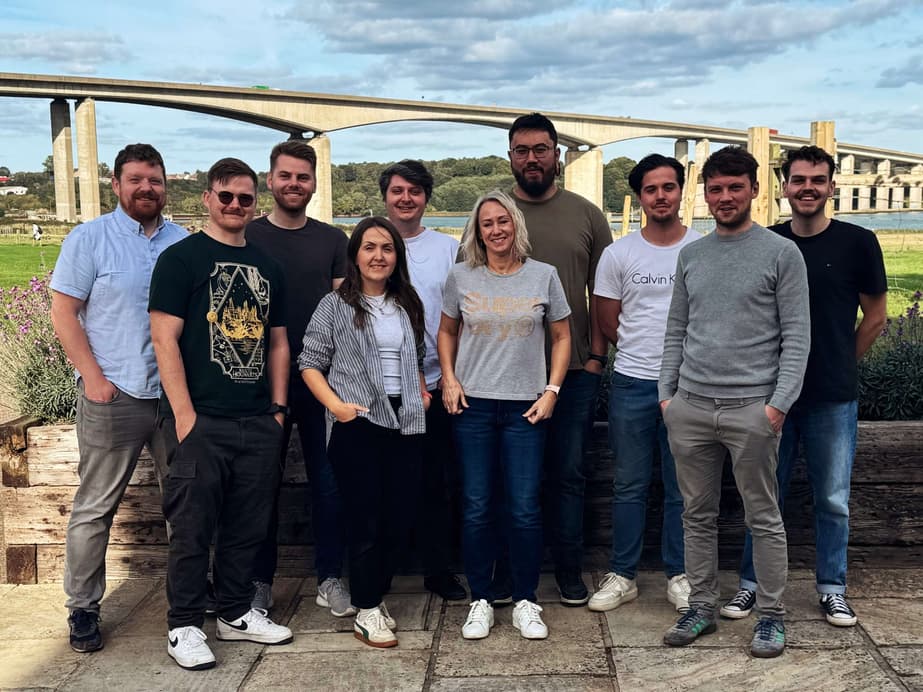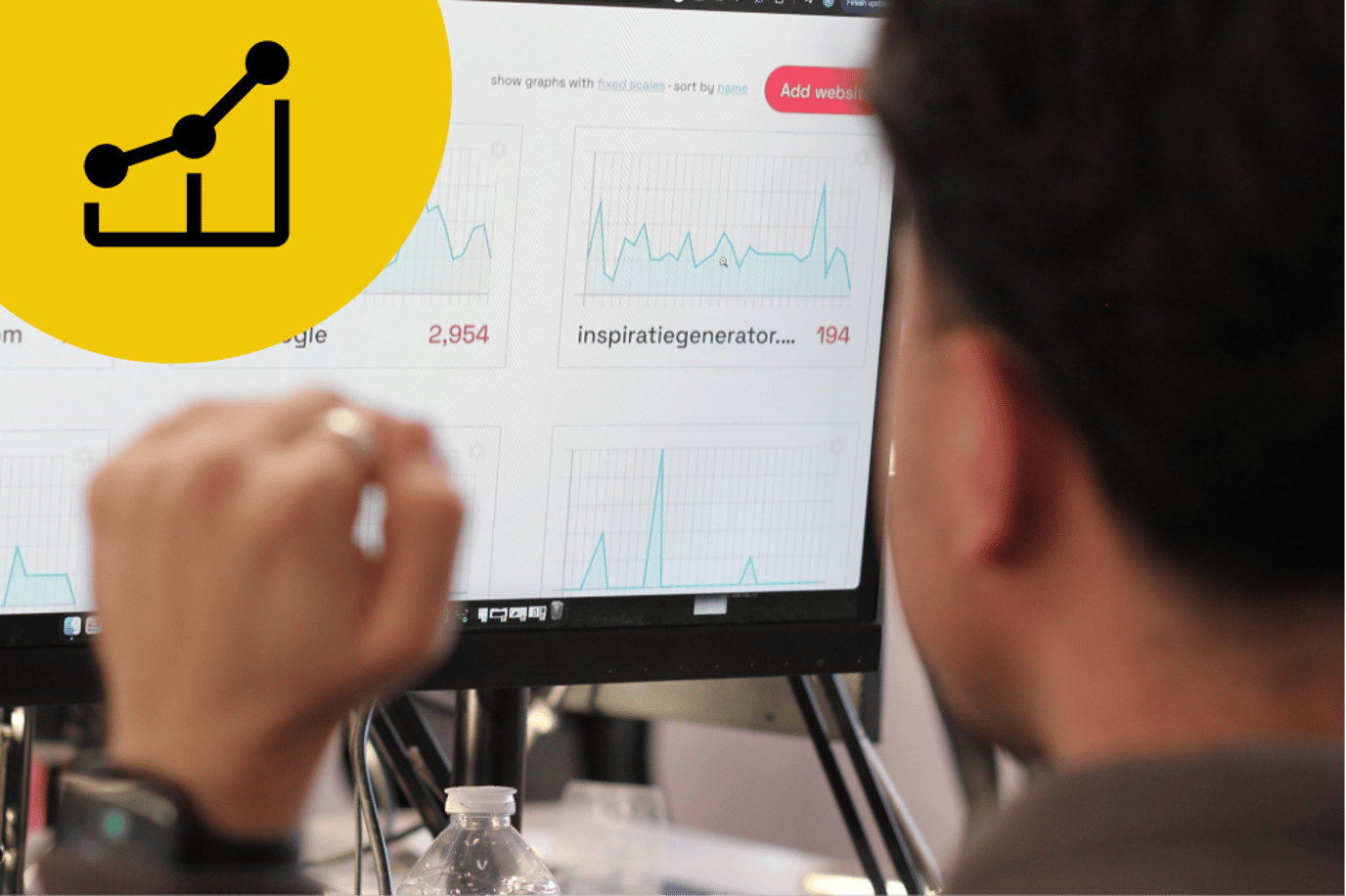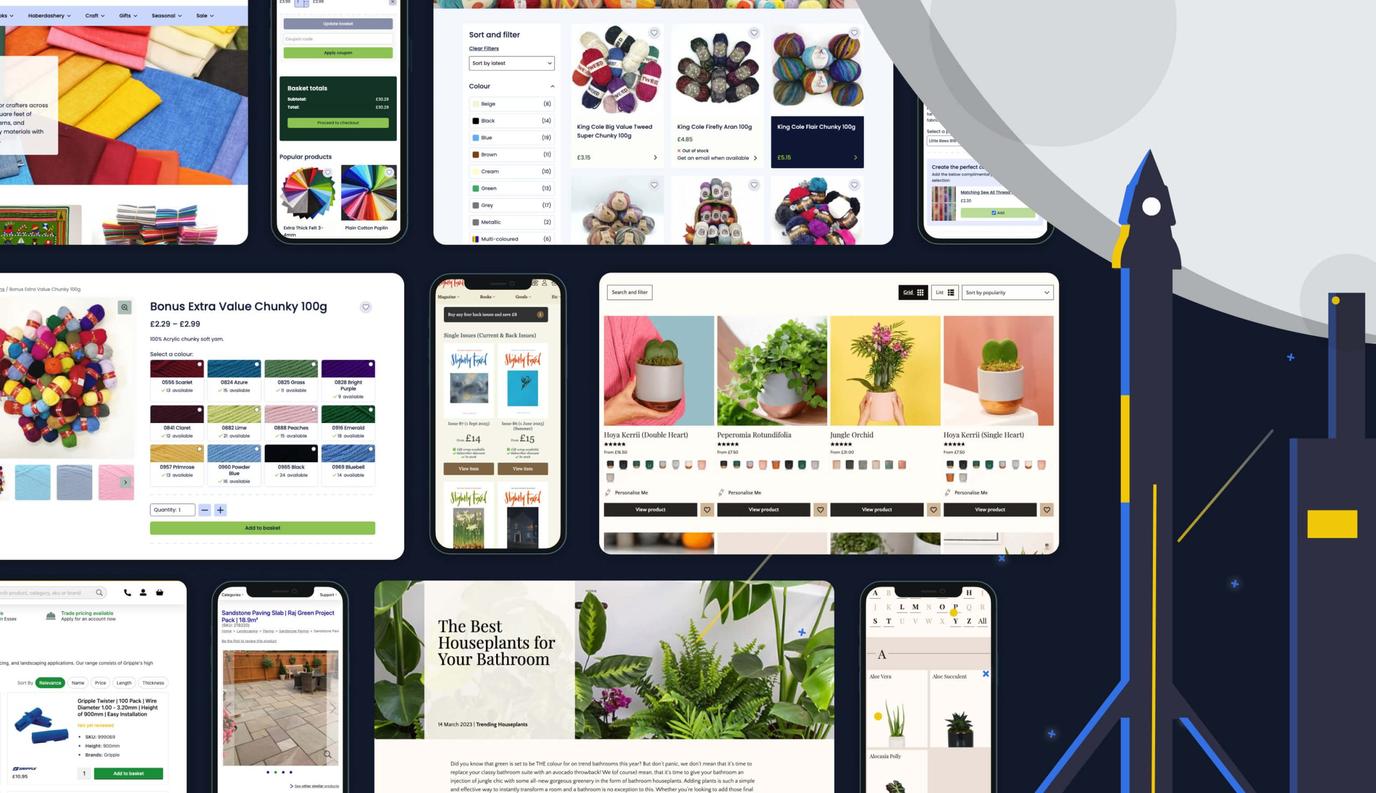Choosing the right web agency starts with asking the right questions. The answers reveal more than capability - they show mindset, process, and priorities. These 15 questions will help you uncover how an agency really works and whether they’re the right partner for your business.

Your website is one of your most valuable business assets. Choosing who builds it shouldn’t be guesswork.
We’ve put together 15 questions that will help you make confident decisions, evaluate potential partners effectively, and choose an agency that can turn your goals into measurable results.
1. What are our goals and how will they translate into this project?
Are you both clear on what success looks like (leads, sales, awareness, engagement)? Does the agency ask about your audience, business model, and pain points – not just design?
How we approach this:
Before any design work starts, we carry out research or run a discovery phase to define success measures – not just aesthetic goals. That means identifying the audiences you care about most and setting clear metrics around performance, conversions, or engagement. Every design and technical decision flows from that strategy.
2. What experience do you have in our industry or with our type of business?
Have they worked with similar sectors or models? If not, have they got experience with the type of problem that you have? You don’t always need to work with a niche agency (and they can often cost more or have a more narrow way of thinking), but experience in your sector or with your particular challenges means they may understand your user needs more.
How we approach this:
We’ve worked across a wide range of sectors from education and sustainability to healthcare and eCommerce, but without specialising in just one area. This means we bring cross-industry insight without relying on templates and can bring in understanding and learning from other sectors. We take time to understand each client’s structure, compliance needs, and tone before proposing anything – no cookie-cutter builds.
3. Can you show case studies with measurable results?
Look for evidence of performance – not just visuals. Sometimes it might not be possible to see detailed results as these may not be public, so speak with the agency to ask for this. Be open about what you’re looking for and why. It builds confidence both ways.
How we approach this:
We publish case studies that highlight both design and outcomes – improved accessibility, faster load times, stronger engagement, conversion growth etc. Where client data is confidential, we still share our approach and measurable impact wherever possible.
4. What is your process from discovery to launch?
How do they handle research, wireframes, design, development, testing, and launch? Who’s responsible for what, and how are changes managed? Transparency reduces risk and it is important to see whether there is a focus on quality through testing, code reviews, accessibility checks and more.
How we approach this:
Our process is structured but adaptable: discovery, design, development, testing, and launch. Weekly reviews keep momentum and allow for scope adjustments when priorities change. We also keep all project team members updated – the developer has input during design stage to help overcome any tricky code challenges for features, and the designer keeps an eye on development to make sure it is pixel perfect. Additionally, we have regular meetings or catch ups with the client team, so they’re updated every step of the way.
5. What technologies or platforms do you specialise in?
Do they recommend what’s best for your business – or push their preferred stack? Can you easily manage or scale the site later based on what they’re suggesting? Choosing the right tech stack prevents future issues. Furthermore, avoiding builds that are hard to adapt can increase maintenance costs. This doesn’t mean it is the wrong choice, but having the conversation earlier on about the right technologies is crucial to understanding the full picture.
How we approach this:
We specialise in Laravel and WordPress because they’re proven, flexible, and sustainable. We specialise in certain frameworks and will recommend what to use and why, but we are always open if a technology is requested that we don’t have experience with. We don’t force technology choices – we select tools that fit your needs, budget, and long-term goals. Our builds are structured so any experienced developer can maintain them.
6. How will the site scale or adapt over time?
Can it handle new content, traffic, or functionality as you grow? You need to future-proof your investment and plan ahead early on, to avoid costly rebuilds in the medium to long-term. If you’re trying to keep the budget low in the short term, it can be restrictive so you need to consider future growth, even if it means a slightly higher upfront cost or different approach
How we approach this:
We build with scalability in mind – modular design, version control, and hosting that can grow with demand. Whether you’re adding new features, regions, or integrations, our setups allow for expansion without having to rebuild from scratch.
7. How are hosting, security, performance, and SEO handled?
Do they include these services or expect you to source them? Are mobile performance and SEO built in, not bolted on? Asking this helps to understand how your website will go live and whether the site is being built to last, or just to look good when it goes live. It might mean there is a slightly higher cost in order to optimise the SEO from the start, but you will see a quicker return on investment as a result.
How we approach this:
Performance, security, and SEO are considered from the start. We host through trusted providers like Forge and Cloudflare for speed and uptime, apply best-practice caching and compression, and optimise for accessibility and technical SEO before launch – not as an afterthought. If we don’t host a website, we’re clear on what is needed in order to get the website live, to ensure we don’t hit a roadblock when the site is about to launch.
8. What’s included in the cost – and what’s extra?
Is it a one-off project or an ongoing partnership? Is hosting, third party tools or maintenance included? Asking helps to avoid budget surprises. Fully inclusive options may appear higher priced upfront, but these are costs you will need to pay out at some point, especially if you want your website to remain secure and avoid any issues with broken code because you’ve tried to avoid maintenance.
How we approach this:
We keep costs transparent. Our proposals clearly separate one-off build costs from optional maintenance or hosting. There are no hidden extras – if a paid integration or license is needed, it’s listed up front so you can make an informed choice.
9. Who owns the code, content, and assets after launch?
Will you fully own the site, or will key parts remain with the agency? Any website or application should be built in a way to give you freedom to move it or maintain it independently of the agency who created it.
How we approach this:
We know there are agencies who retain code ownership, but whatever we produce is the intellectual property of the client we produce it for. You’ll always have full access to your site, codebase, and assets – no restrictions, no extra fees.
10. How will success be measured?
What KPIs, tracking, and reporting will be set up? This may come at an extra cost if you are looking for a long-term partnership, but by focusing on measurable outcomes, it ensures you can gather data that you can then act on.
How we approach this:
We define success metrics early and configure tracking through tools like Google Search Console and Plausible Analytics. Post-launch, we can carry out review sessions so you can see what’s working and where to improve.
11. What happens after launch?
Who handles maintenance, backups, and updates? How quickly do they respond to issues? Knowing this ensures long-term stability. Any site, platform or application will need maintenance so understanding what this looks like and who does it avoids confusion should an issue occur. Also, there will be costs associated with this and it is important to know these before getting started. Some agencies may charge a lower upfront cost for the website, but then build in higher costs to maintain it, hoping to make it seem like you are getting a great deal.
How we approach this:
We don’t disappear after launch. Most of our clients stay with us for years because we handle updates, backups, and security monitoring proactively. You can choose a support plan or ad-hoc help – either way, you get a responsive, knowledgeable team.
12. How easy will it be to update content or features?
Can your team make changes without relying on developers? It’s important to get the right balance between being able to make quick updates yourself but not making changes that would lead to inconsistent results.
How we approach this:
We design admin interfaces that are clear and logical, allowing you to manage most content without risk. For more complex changes, we document processes and remain available for guidance. You’ll always have control, without needing to code.
13. What’s your communication style and project management approach?
How often will you meet or get updates? Who’s your main point of contact? Clear communication reduces friction – also, if you have a number of stakeholders involved in a project, it helps to put in place processes that focus on progress and avoid delays.
How we approach this:
You’ll have a single, consistent contact who knows your project inside out. We can use shared tools like Rofinery and Slack for communication and schedule regular check-ins. Our updates are concise, focused, and backed by progress tracking so you always know what’s next.
14. What potential challenges should we plan for?
How does the agency handle shifting priorities, new requirements, or technical unknowns? This should reveal how they manage real-world complexity – not all agencies will answer openly, but asking the question may mean they consider this more in the project than had you not asked it.
How we approach this:
No project runs perfectly from start to finish – so we plan for what might go wrong before it does. We identify dependencies early, flag risks during discovery, and keep communication open throughout. If priorities shift, we provide clear options so decisions stay informed and under your control.
15. Are we a good cultural and strategic fit?
Do they understand your values, tone, and goals beyond the website? Focusing on this can lead to smoother collaboration and long-term alignment. It is hard to measure and relies on instinct as well as hidden signals, not just what they tell you.
How we approach this:
We work best with clients who value clarity, collaboration, and continuous improvement. We’re open, direct, and focused on problem-solving – not buzzwords. If we’re a good fit, you’ll feel it early in the process through how we listen and challenge ideas constructively.
Next steps
Shortlist two or three agencies and send them these questions before committing. You can ask for written responses as part of their proposal. Following this, you can compare based on expertise, process, transparency, and cultural fit – not just cost. You may well save money and end up with lower costs in the long-term as a result of this approach.
Once you’ve made a decision, set milestones and review points in the contract to keep control and clarity throughout.
In summary:
Choosing the right web agency isn’t just a procurement task – it’s a partnership decision. A great agency may challenge your thinking, help you prioritise, and build something that moves your business forward.
Take the time to ask these questions and you’ll save far more in the long run – in money, effort, and peace of mind.





